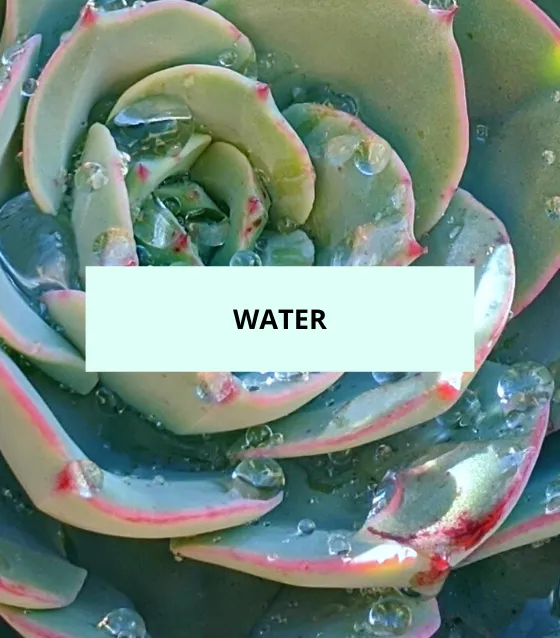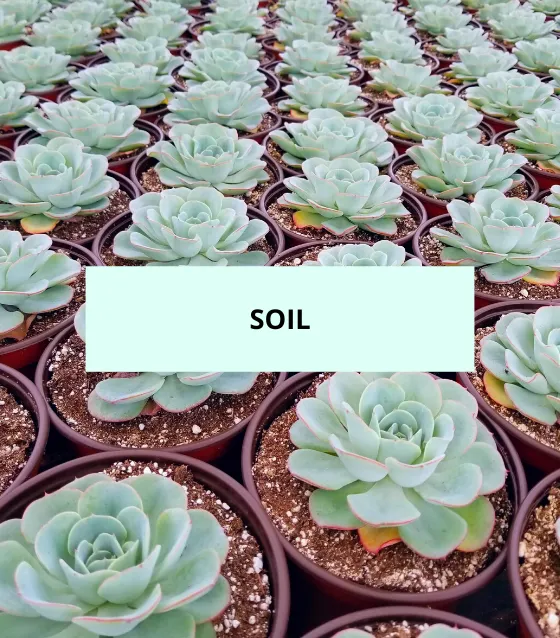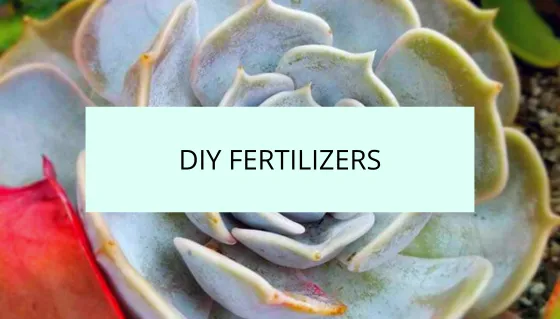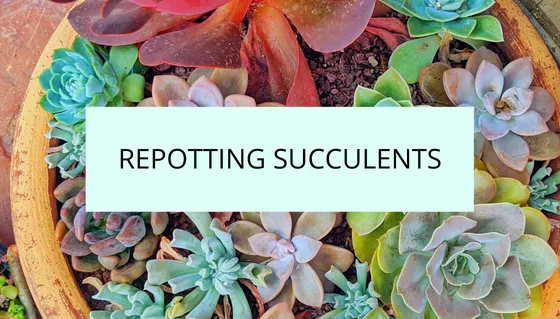Welcome to our quick guide on the Desert Rose Succulent! If you’re already a succulent enthusiast, you’ll appreciate the unique beauty of this fascinating plant. In this article, we’ll explore the appearance, growth, blooming, toxicity, and propagation methods of the Desert Rose Succulent. So, let’s delve into the world of this captivating succulent.
Dig in!
Appearance and Growth
The Desert Rose Succulent, scientifically known as Adenium obesum, is a visually stunning plant known for its thick, swollen trunk and beautiful flowers. It features a caudex, which is a fat, bulbous stem that stores water, enabling it to survive in arid conditions. The caudex gives Adenium obesum Desert Rose a sculptural and bonsai-like appearance.
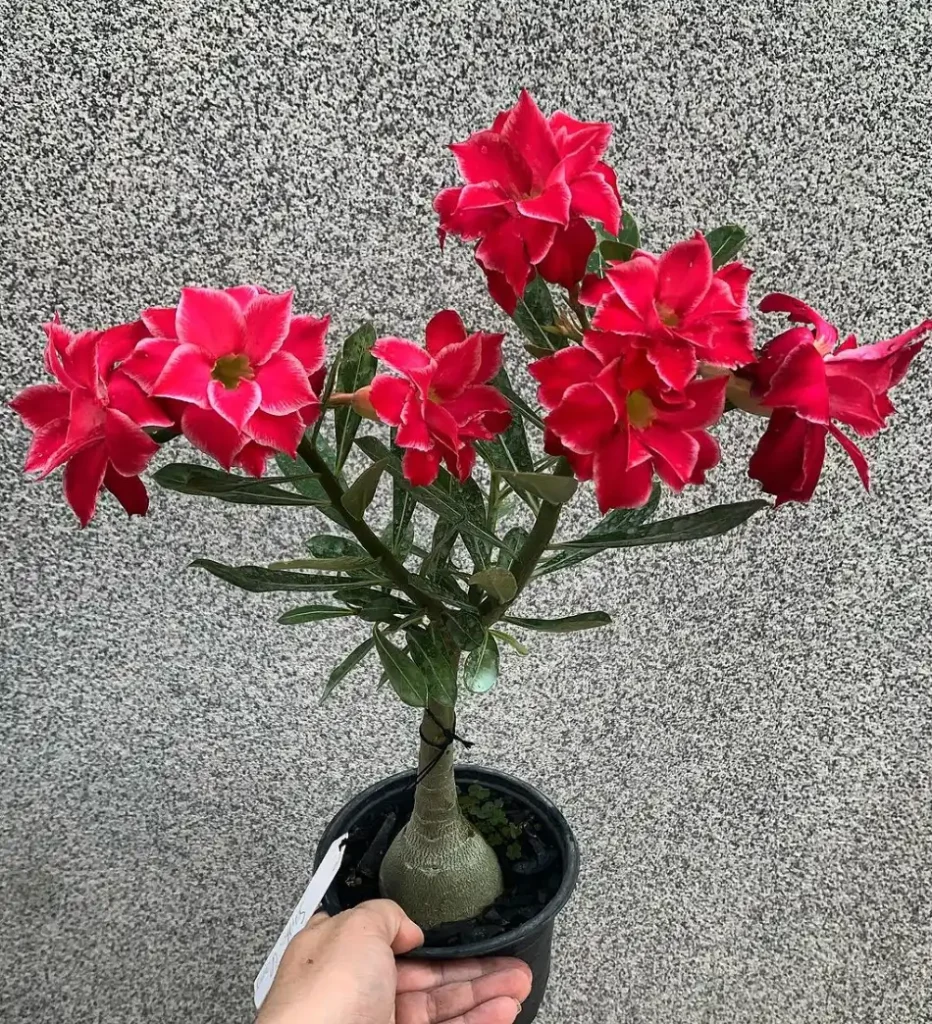
The leaves of Adenium obesum Desert Rose are thick and fleshy, arranged in a spiral pattern at the top of the caudex. The leaves are typically glossy and dark green, providing an attractive contrast to the colorful flowers. The plant can also produce interesting twisted and gnarled branches as it matures, adding to its unique charm.
In terms of size, Adenium obesum Desert Rose can vary depending on the cultivar and growing conditions. Generally, it can reach a height of 1 to 3 feet (30 to 90 cm) and have a spread of 1 to 2 feet (30 to 60 cm). With proper care, some specimens can grow even larger, becoming impressive focal points in any succulent collection or garden.

When you’re rooting or transplanting your succulents and cacti, use SUPERthrive to help reduce the chance of transplant shock and grow a strong root system.
Flower Color and Blooming Season
Adenium obesum Desert Rose produces stunning flowers that come in a variety of colors. You can find flowers in shades of pink, red, white, and even yellow. The flowers are trumpet-shaped with overlapping petals, creating a vibrant and eye-catching display.
In terms of the blooming season, Adenium obesum Desert Rose typically flowers during the warmer months, such as spring and summer. However, with the right conditions and care, it can bloom intermittently throughout the year. The exact timing of the blooming period may vary depending on the specific cultivar and environmental factors.

Succulent fertilizer available to purchase on Etsy.
Toxicity
When it comes to the toxicity of the Adenium obesum Desert Rose, it’s important to exercise caution, especially if you have pets or small children. The plant contains toxic compounds, including cardiac glycosides, which can be harmful if ingested. These compounds can cause gastrointestinal discomfort, vomiting, and other adverse effects.
It’s crucial to keep the Adenium obesum Desert Rose out of reach and discourage any chewing or ingestion. If you suspect that your pet or child has ingested any part of the plant, seek immediate veterinary or medical assistance.
Propagation Methods
If you’re interested in propagating the Adenium obesum Desert Rose, here are a few methods you can try:
- Seeds: Propagation from seeds is a common method for the Desert Rose Succulent. Collect mature seeds from the plant’s dry seedpods, which often develop after flowering. Sow the seeds in well-draining soil and lightly cover them. Keep the soil slightly moist and provide warmth and indirect light. Germination can take a few weeks, and once the seedlings develop, you can transplant them into individual pots.
- Stem Cuttings: Stem cuttings can also be used to propagate the Desert Rose Succulent. Select a healthy stem and use a clean, sharp knife to cut a section that is several inches long. Allow the cutting to dry and callus for a few days. Once calloused, plant the stem cutting in well-draining soil, burying it partially. Ensure the soil is slightly moist and provide indirect light. Over time, the cutting will develop roots and grow into a new plant.
- Grafting: Grafting is a more advanced propagation method for the Desert Rose Succulent. It involves attaching a cutting from the desired cultivar onto the rootstock of a different, more robust Adenium species. This method allows for the preservation and propagation of specific traits and characteristics.
By utilizing these propagation methods, you can expand your collection of Adenium obesum Desert Roses and enjoy their unique and captivating beauty.
As an Amazon Associate I earn from qualifying purchases at no additional cost to you.
Fix the pest problem on your succulents and cacti with these popular insecticides.
Adenium obesum Desert Rose, with its swollen caudex, glossy leaves, and vibrant flowers, is a captivating addition to any succulent collection or garden. While it requires caution due to its toxicity, proper care and handling will ensure a safe and enjoyable experience. Whether you choose to propagate through seeds, stem cuttings, or grafting, the propagation process can be rewarding for succulent enthusiasts. Consider adding the Desert Rose to your collection and appreciate the allure it brings to your indoor or outdoor spaces.






